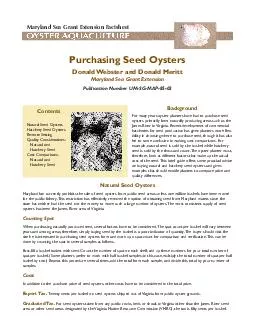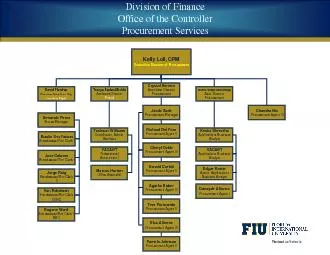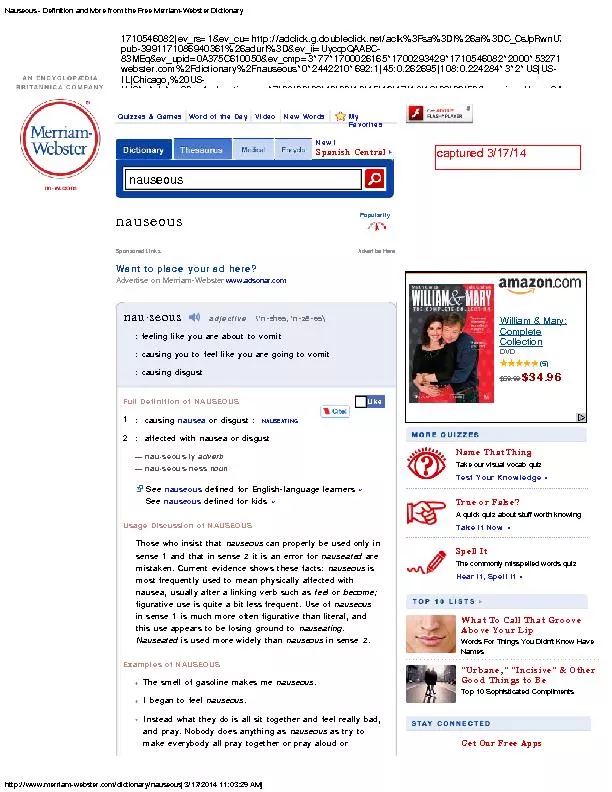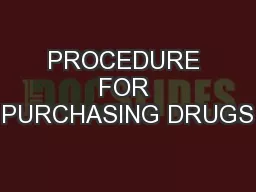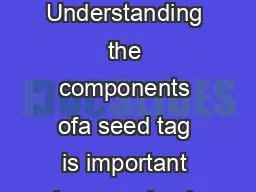PDF-Purchasing Seed OystersDonald Webster and Donald MerittMaryland Sea Gr
Author : liane-varnes | Published Date : 2015-10-28
Contents Hatchery Seed Oysters Hatchery Seed Hatchery Seed Purchasing Seed OystersFor seed oysters from the James River area or any other designated seedarea the
Presentation Embed Code
Download Presentation
Download Presentation The PPT/PDF document "Purchasing Seed OystersDonald Webster an..." is the property of its rightful owner. Permission is granted to download and print the materials on this website for personal, non-commercial use only, and to display it on your personal computer provided you do not modify the materials and that you retain all copyright notices contained in the materials. By downloading content from our website, you accept the terms of this agreement.
Purchasing Seed OystersDonald Webster and Donald MerittMaryland Sea Gr: Transcript
Download Rules Of Document
"Purchasing Seed OystersDonald Webster and Donald MerittMaryland Sea Gr"The content belongs to its owner. You may download and print it for personal use, without modification, and keep all copyright notices. By downloading, you agree to these terms.
Related Documents

